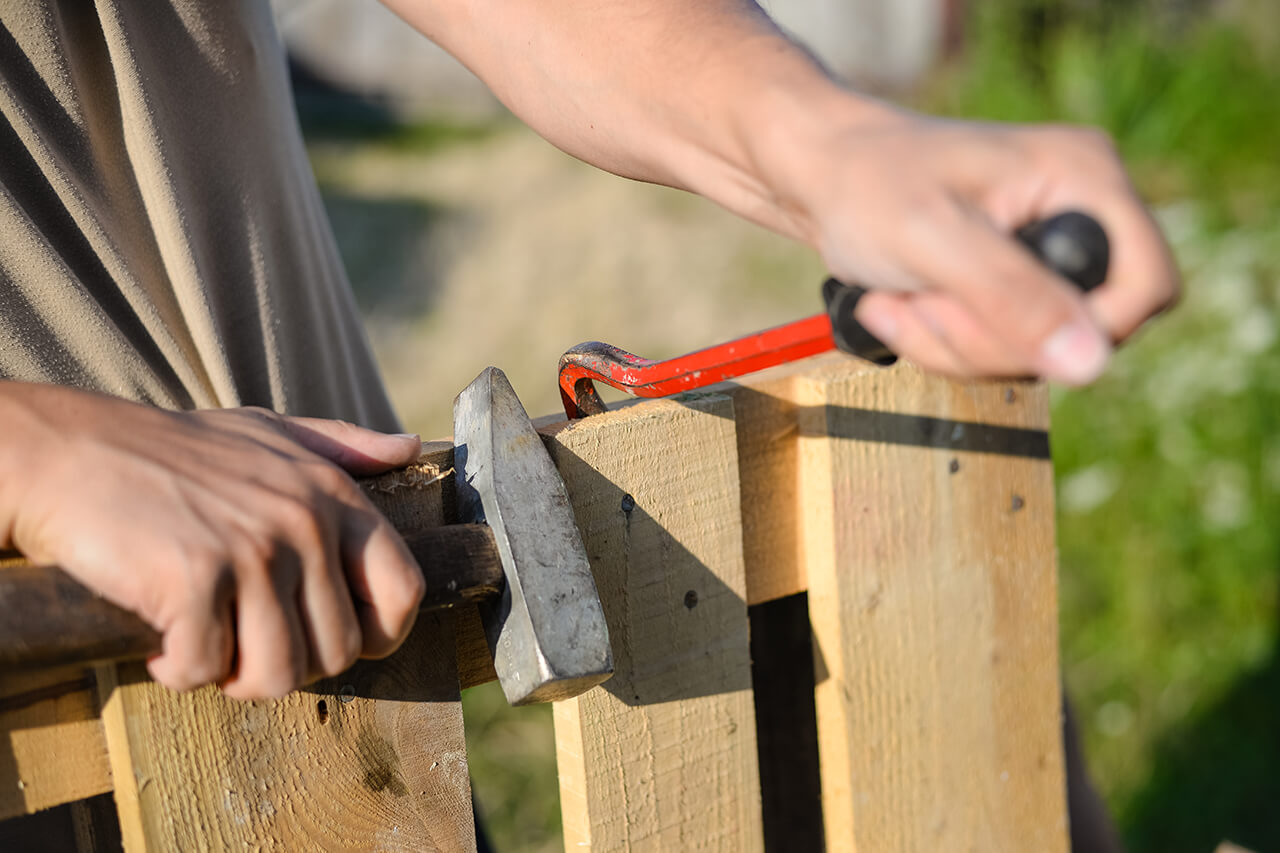Expert Building Services
Expert Building Services
Expert Building Services provides free estimates for remodeling homes and buildings in the Itasca County area. John Schirber returns calls promptly and sets up house calls at the convenience of our customers. Once we discover the priorities, we collaborate with the owner to complete their wish list. We specialize in handicapped accessible homes. Are you looking for a bathroom or kitchen remodel? Maybe you need a new roof, siding or windows? John and Linda strive to give 110% to every customer. We are eager to meet you on your building site and begin to prepare a proposal for your approval. Additional contact name - Cassidy Hammer. Additional email - cassidyrhammer@icloud.com.
"This is the second job, John, Daryll, and company have done for us. I like the way they respect our home and take extra steps to keep the job as clean and neat as possible. They have skills that make them perfect for remodel jobs on older homes as well as newer homes. They provide the best "bang for the buck" if you wish to hire pros. And since I myself do not possess the necessary talents to do such fine work, I'm glad they're nearby."
DANIEL D on August 2020
Expert Building Services provides free estimates for remodeling homes and buildings in the Itasca County area. John Schirber returns calls promptly and sets up house calls at the convenience of our customers. Once we discover the priorities, we collaborate with the owner to complete their wish list. We specialize in handicapped accessible homes. Are you looking for a bathroom or kitchen remodel? Maybe you need a new roof, siding or windows? John and Linda strive to give 110% to every customer. We are eager to meet you on your building site and begin to prepare a proposal for your approval. Additional contact name - Cassidy Hammer. Additional email - cassidyrhammer@icloud.com.
"This is the second job, John, Daryll, and company have done for us. I like the way they respect our home and take extra steps to keep the job as clean and neat as possible. They have skills that make them perfect for remodel jobs on older homes as well as newer homes. They provide the best "bang for the buck" if you wish to hire pros. And since I myself do not possess the necessary talents to do such fine work, I'm glad they're nearby."
DANIEL D on August 2020












